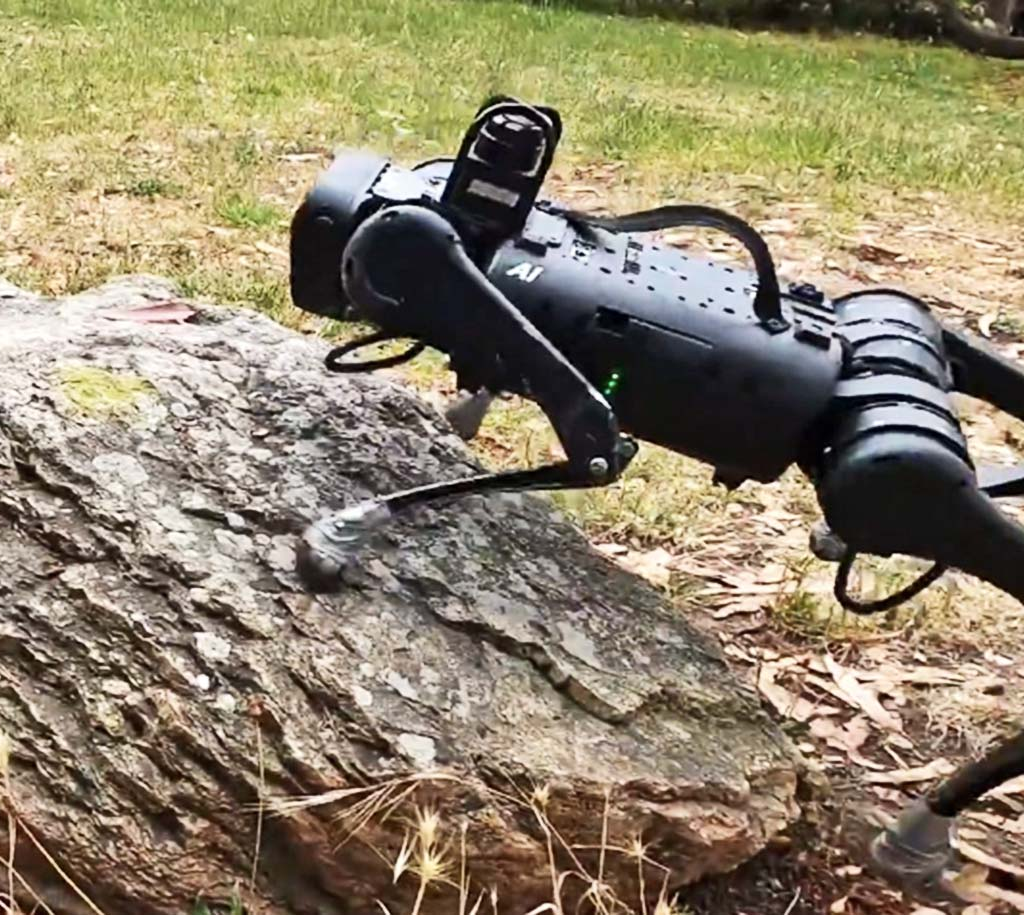The UC San Diego-led team created an improved set of algorithms that allowed four-legged robots to navigate difficult terrain while avoiding stationary and moving obstacles while walking and running.

These researchers have made significant progress towards constructing these four-legged robots, now, capable of conducting search and rescue missions or information gathering operations in hazardous or hard-to-reach environments for humans. The team showcased their work at the 2022 IROS Conference in Kyoto, Japan.

These engineers have created a set of algorithms allowing four-legged robots to traverse complex terrain while avoiding static and moving obstacles. Thereby bringing researchers closer to building robots for search and rescue or data collection in hazardous or inaccessible areas. The system enhances the versatility of the robots by combining visual and proprioceptive senses, the latter referring to the robot’s awareness of movement, direction, speed, location, and touch, specifically the sensation of the ground beneath its feet.
According to the senior author of the study, Xiaolong Wang, a professor of electrical and computer engineering at UC San Diego’s Jacobs School of Engineering, before this breakthrough, most training methods for legged robots to walk and move either use proprioception or vision, but not both simultaneously.
“In one case, it’s like training a blind robot to walk by just touching and feeling the ground. And in the other, the robot plans its leg movements based on sight alone. It is not learning two things at the same time,” said Wang. “In our work, we combine proprioception with computer vision to enable a legged robot to move around efficiently and smoothly—while avoiding obstacles—in a variety of challenging environments, not just well-defined ones.”
Wang and his team created a system that blends data from a depth camera on the robot’s head and sensors on its legs using specialized algorithms. This was challenging because in real-world scenarios, there is sometimes a slight delay in image transmission from the camera, causing the data from the two sensing modes to not always arrive simultaneously, as explained by Wang.
Conclusion
The four-legged robots are expected to make great strides in the coming years. The advantage it enjoys over human endeavors is too great to be ignored. And its ability to detect and process information faster without relying on feelings or emotions makes it an excellent tool to be used in the wild.
Read More
- The treatment of fatal fungal infections is made possible by genomic research
- The development of high-efficiency sustainable solar cells by scientists
- A secure global supply chain is possible with blockchain.


